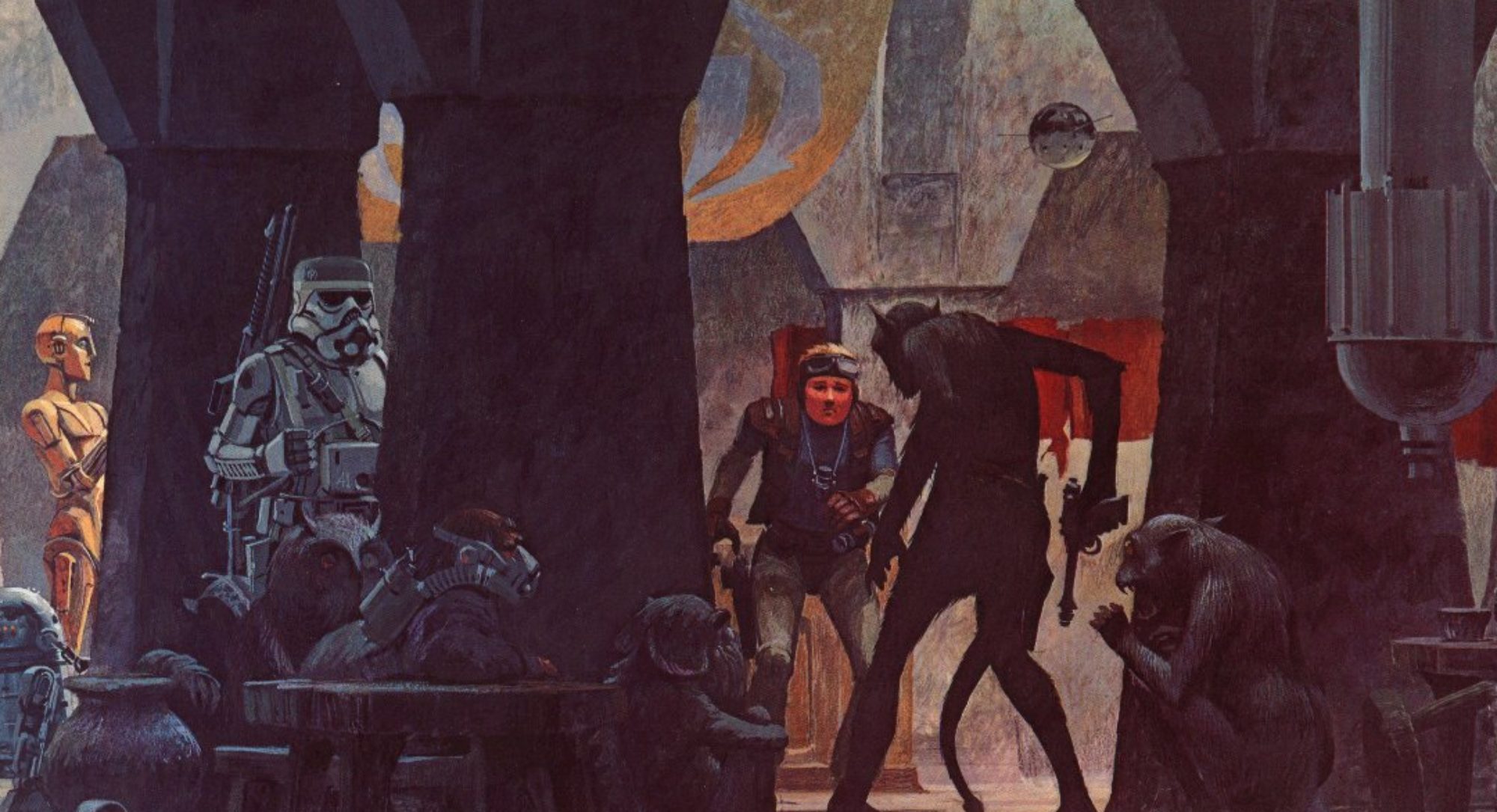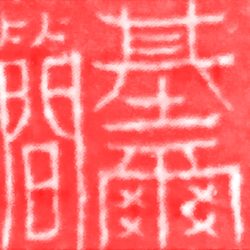 A slight change in schedule for this week — I was away on a business trip to the NYCC. I’ve realized that missing the usual upload day results in a week’s delay, and that sort of delay is contributing to my “blogfade” — I’m not writing on this thing as much as I want to be. So, I’ve decided that I’m going to make a shift to posting daily content– and what better way to begin than with the latest installment of the Tour de Bond, whether it’s Monday or not.
A slight change in schedule for this week — I was away on a business trip to the NYCC. I’ve realized that missing the usual upload day results in a week’s delay, and that sort of delay is contributing to my “blogfade” — I’m not writing on this thing as much as I want to be. So, I’ve decided that I’m going to make a shift to posting daily content– and what better way to begin than with the latest installment of the Tour de Bond, whether it’s Monday or not.
I love this week’s novel. Not only is it part of what I consider the best stretch of quality in the series (for those wondering, that would be the run from 1957 through 1961– From Russia With Love through Thunderball), but it’s Fleming’s tribute to Sax Rhomer’s Fu Manchu novels (my love of which I mentioned in the entry on Live and Let Die). Above and beyond that, though, it represents Fleming’s embrace of the series– in many ways marking the turning point from the occasional novel that he’d write during his stays in Jamaica, into a full-fledged series that became his focus.
Doctor No in many ways is the first true series novel in the line, featuring a plot continuing from the previous novel, as well as several returning characters and locations from earlier entries in the series — Rene Mathis from Casino Royale (who saves Bond from the poison administered by Rosa Klebb at the end of From Russia With Love), and Strangways and Quarrel from Live and Let Die, along with a number of the Jamaica locations that had featured earlier (with which Fleming, who spent winters there at his estate “Goldeneye”, was extremely familiar). There is a continuity of character and setting in Doctor No which, when coupled with Fleming’s usual focus on details, brings Bond’s world more fully into being than ever before.
The villain, Doctor Julius No, is another of Fleming’s grotesqueries: A brilliant-but-twisted (is there any other kind?) scientist, of Chinese and German blood (Fleming’s experiences in World War 2 leading him to again insert Germans as the epitome of evil — even in a story featuring a nominally Chinese villain working for the Russians to sabotage US missile tests), with artificial hands and dextrocardia (his heart on the wrong side of his chest — which saved him when the Tong that he’d stolen millions from cut off his hands and shot him in the chest, leaving him for dead). Like many of Fleming’s villains, No is a sadist, devising complex tortures from Bond, ranging from a deadly centipede placed in his bed (the film famously used a tarantula instead) to a deadly obstacle course that he forces Bond to endure, featuring electric shocks, steam burns, deadly spiders, and finally a fight with a giant squid that would be right at home in a Doc Savage adventure.
In many ways, I love this novel *because* of that pulpyness — From Russia With Love was nearly a Cold War espionage procedural, and this one follows immediately with over-the-top classic pulp, which brings both novels into a sharp relief that strengthens both. The use of returning characters keeps us grounded in the Bond mythos, which somehow makes the pulp excesses more acceptable to the reader — we’re assured that this is still the same world that we’re familiar with, despite the more over-the-top sequences. It’s a brilliant move by Fleming.
I’m sure it was this pulpyness that led producers to choose Doctor No as the first of the James Bond movies — but in a lot of ways that set the tone for the film series’ increasing outlandishness, thankfully reigned in with Daniel Craig’s performances in recent years.
Next week, we’ll take a look at one of the strongest entries in the series, Goldfinger (1959) — which many consider the best Bond novel of them all (although my personal love of Casino Royale keeps it from the top spot in my estimation).

